While meticulously planning a Malaysia travel itinerary, we prioritise pre-booking hotels, any attractions we want to see, and getting our plane tickets and Malaysia tourist visa in order. However, knowing about transportation options after arriving at your destination is also important. While many people prefer to work with a Seat-in-Coach or private tours, knowing about local transportation is essential if you want to go on your own excursion or are looking for a budgeted or backpacking trip. For future trips, here’s a quick guide to Public Transport in Malaysia.
Before you go, know this!
When visiting Malaysia, keep in mind that it is divided into two land masses separated by the South China Sea. Peninsular Malaysia, also known as the Malay Peninsula, contains the most popular places and cities in Malaysia, including the capital city of Kuala Lumpur, Penang, and the popular beach destination of Langkawi. The east of Malaysia includes the states of Sabah and Sarawak, which border the northern tip of Borneo Island. Peninsular Malaysia’s transportation systems are more advanced and comfortable than those in the East Malaysian states of Sabah and Sarawak.
Under British colonial rule, Malaysia’s primary transportation infrastructure was developed, and thanks to effective road and rail networks, its citizens can travel to the majority of its regions today. When visiting Malaysia, you can travel locally and to various locations by using the following modes of transportation.
By road
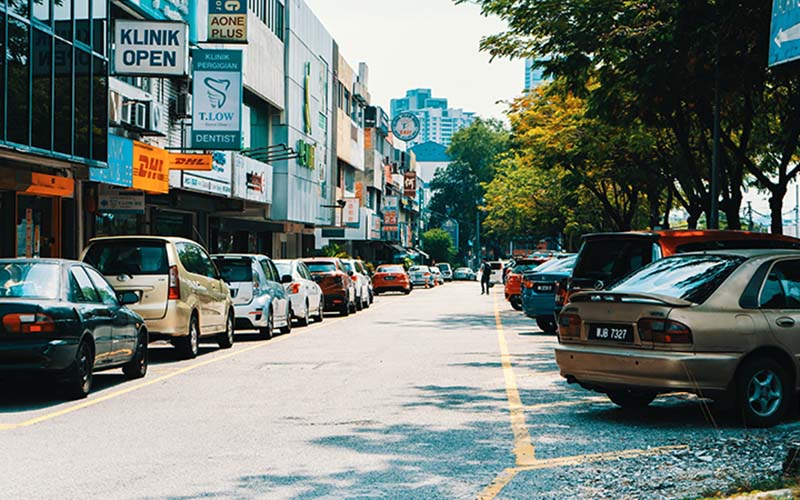
Travel by roadways is among the most efficient and reliable ways to navigate through cities and regions of Malaysia. You have the following road-based travel options to journey through Malaysia.
Bus
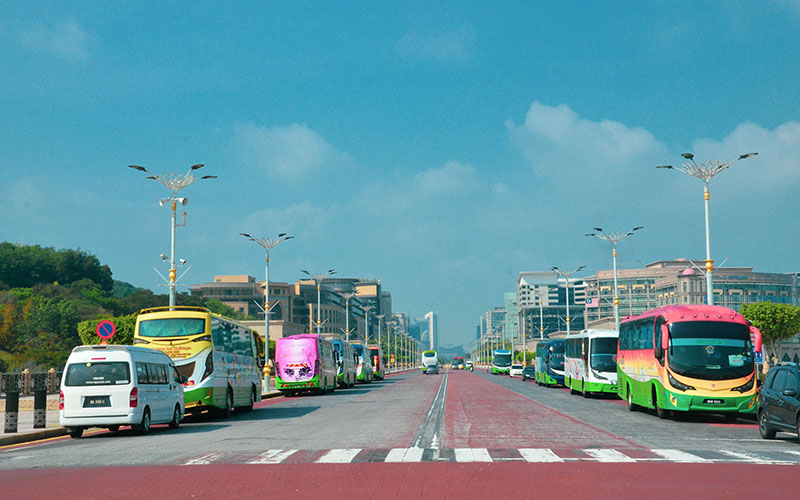
Malaysia has an efficient transit system, which is one of the primary ways for locals to travel from one location to another. It is less expensive than other modes of transportation and has a high frequency due to a plethora of private bus services lobbying for and ferrying people around the destination. For a comfortable journey, the intercity buses are airconditioned and have comfortable seats. Tickets can be purchased at kiosks or ticket counters in Malaysia’s main squares, tourist attractions, and shopping malls, particularly in Kuala Lumpur.
Go KL City Bus: If you are visiting Kuala Lumpur, this bus service enables you to visit the majority of the city’s tourist attractions. Split into 11 routes – Pink, Maroon, Turquoise, Orange, Blue, Red, Green, Chocolate, Parrot-Green, Grey, and Purple line – all you have to do is look for the coloured buses of your route and board to enjoy a hassle-free journey.
Intercity buses: You can easily book intercity private buses to other cities in Malaysia through Konsortium Transnasional Berhad, Malaysia’s largest bus operator, which offers a diverse range of bus services ranging from standard local city buses to express bus transports, interstate luxury bus service, and even long distance service to Singapore. This brand also manages Rapid Buses, which provide public transportation in Kuala Lumpur, Penang, and Kuantan City.
Taxis
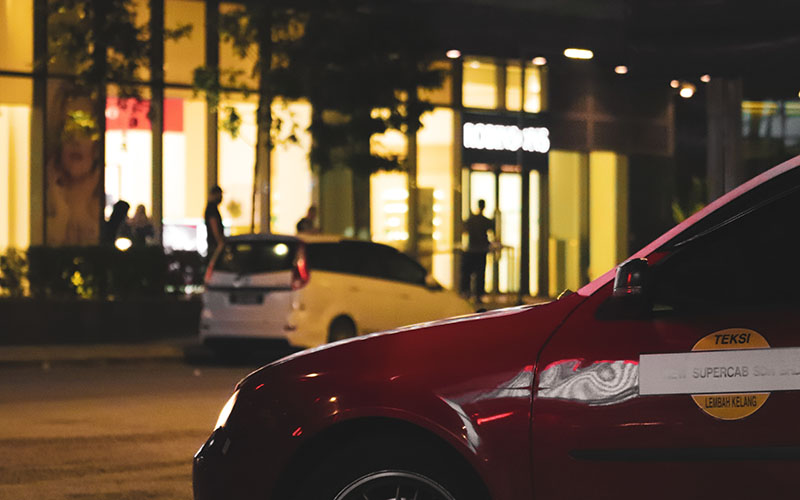
Taxis are ideal if you want the privacy and convenience of not sharing your ride with others. There are also shared cabs available if you don’t mind riding with other passengers and want to split the ride expenses. The charges are higher than buses, and it is not a pleasant experience to look forward to on a congested city road. The cheapest fares are offered by the orange-white and red-white cabs. One kilometre costs approximately 3 MYR. Hailing a cab at a set rate is preferable to using local taxis when travelling from the airport. There will be additional charges levied on your ride if you are carrying heavy luggage.
Motorbikes and rickshaws
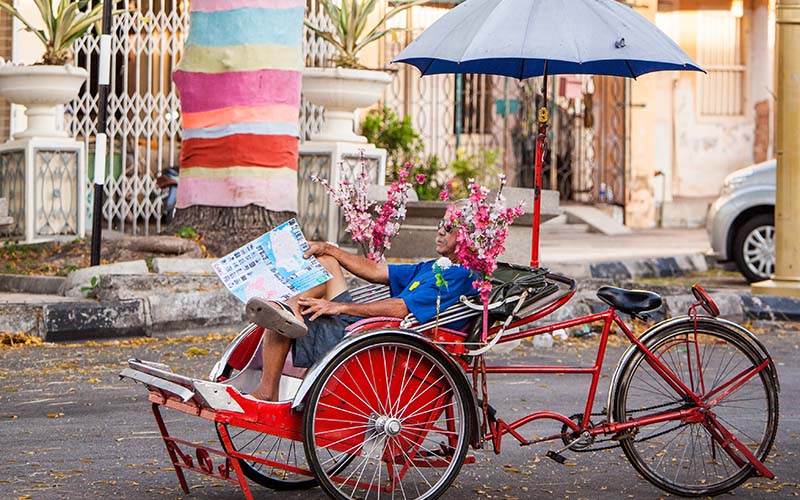
There’s plenty to discover in Malaysia on your own. On pre-booked tours, you will visit specific, usually hyped and crowded tourist spots, but if you just want to wander around, rent a bike. You can use them in places like Cameron Highlands, Langkawi, and Penang. A rickshaw is also a convenient way to travel within a city, and they provide a wonderful authentic experience. These services are more common in George Town and Melaka, where these are ideal for getting around the older parts of town, which have meandering, narrow alleys.
By Rail
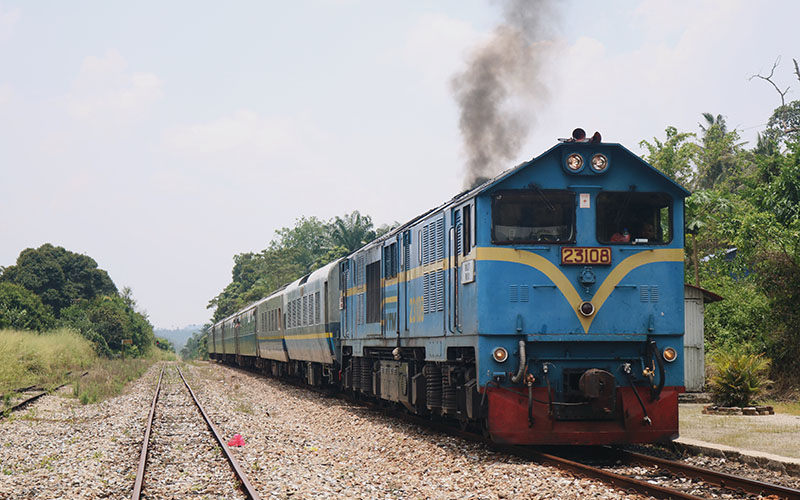
Trains are another great way to get around Malaysia. The journey by train is more relaxing, comfortable, and gives you the chance to take in Malaysia’s diverse, scenic landscape.
Rapid KL: Kuala Lumpur is inarguably the main transit hub, with the most dense system of public transport in Malaysia. It also has the Rapid KL service, which includes light railway transit, monorail, and mass rapid transit (MTR), making it easy and comfortable for commuters to get around the city. It is also convenient for budget travellers, as a trip from KL Sentral to Bukit Bintang costs less than 2 MYR per person.
Long distant train travel: KTMB is one of Malaysia’s most popular and dependable long-distance train service providers. While these are not as frequent as buses and can be more expensive than road transportation, they are well worth the experience of exploring Malaysia. If you want to combine a visit to Singapore with your trip to Malaysia, the KTM Shuttle Tebrau, which connects JB Sentral in Johor Bahru and Woodlands Singapore, is a good option to consider.
By Ferry
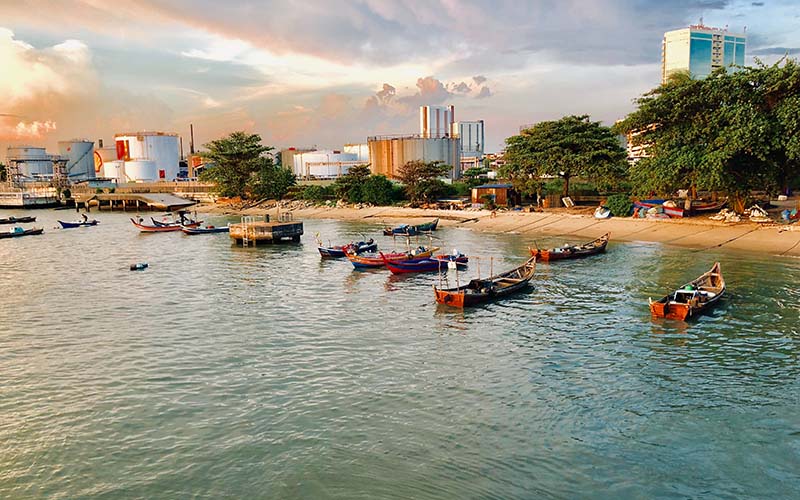
Malaysia also consists a gorgeous collection of including Langkawi, Pangkor, Rebak, Tioman, and Redang, to name a few. Travel between islands is therefore popular by ferry. Langkawi is one of the most scenic islands in Malaysia, and the ferry service between Kuala Lumpur and Langkawi is the most popular. Penang Ferry links Georgetown and Butterworth, and is Malaysia’s oldest ferry service. It is the cheapest mode of transportation, costing less than 2 MYR. Most ferry operators have upgraded their motor boats with spacious seating for a comfortable journey on Peninsular Malaysia.
By Flight
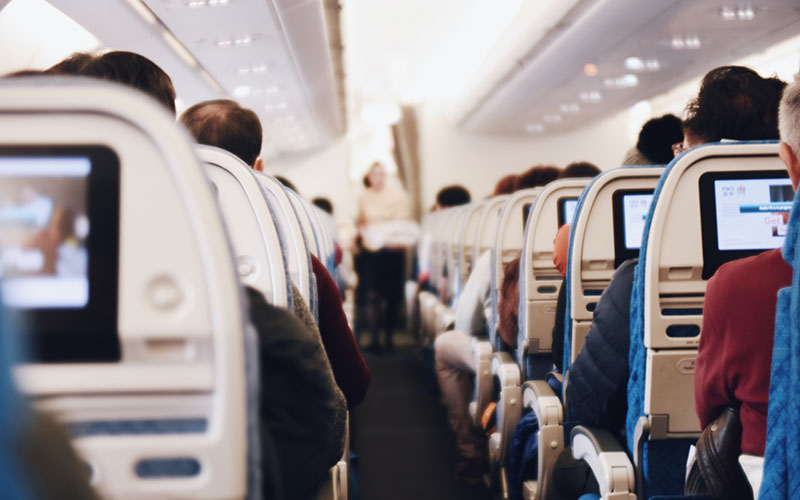
If you are short on time and want to see different regions of Malaysia, the destination has a good air flight network. There are 62 airports in Malaysia, six of which are international and 38 of which serve passengers. Malaysia’s busiest airport is Kuala Lumpur International Airport, which serves the majority of visitors. Passengers can also disembark at Penang International Airport and Langkawi International Airport. From the Malay Peninsula, the only viable option is to fly to Sabah or Sarawak. To get to East Malaysia, take an international flight to either Kota Kinabalu International Airport or Kuching International Airport. The most popular airlines in Malaysia are Malaysia Airlines, Air Asia, and Batik Air.
Conclusion
While this Malaysia Public Transport guide simply illuminates Malaysia’s major modes of transportation, it has introduced you to the fact that the destination offers a variety of ways to thoroughly explore it. If you want to see more of Malaysia and go beyond a typical tour itinerary, take these recommendations a step further and look into the various ways you can get from point A to point B in Malaysia. Furthermore, the next time you visit Malaysia, particularly Kuala Lumpur, use My Rapid and Touch ‘N Go Cards, which are prepaid card systems that allow you to bypass lines and board a bus or train without wasting time.